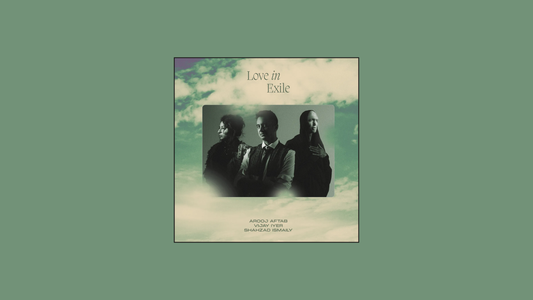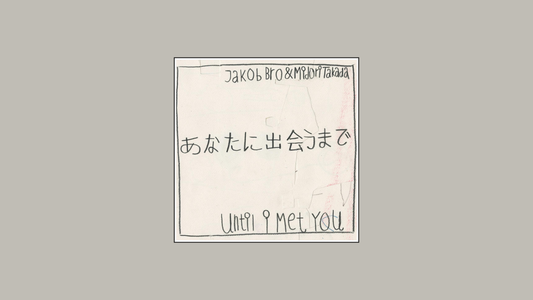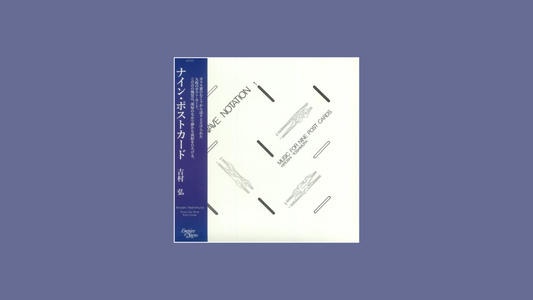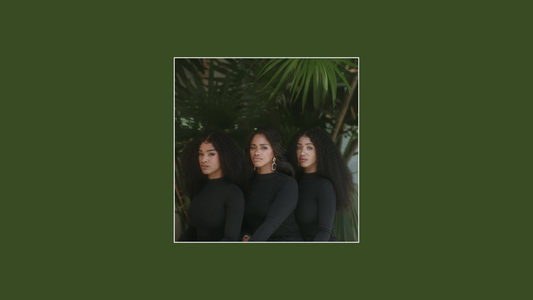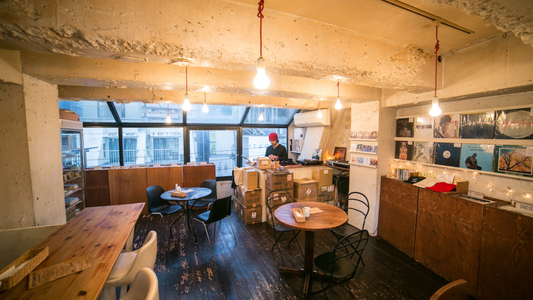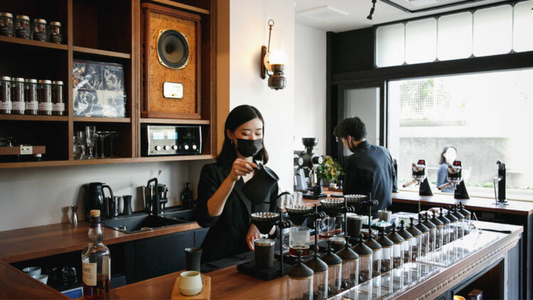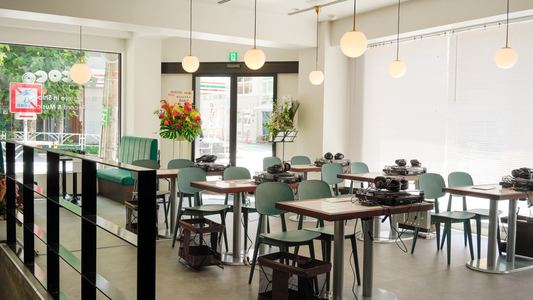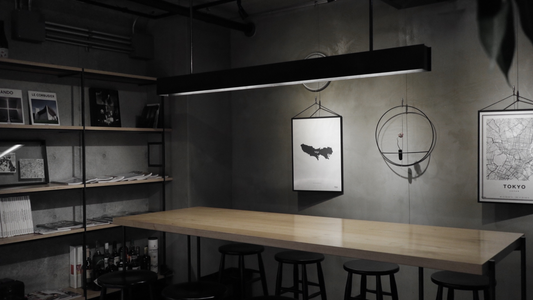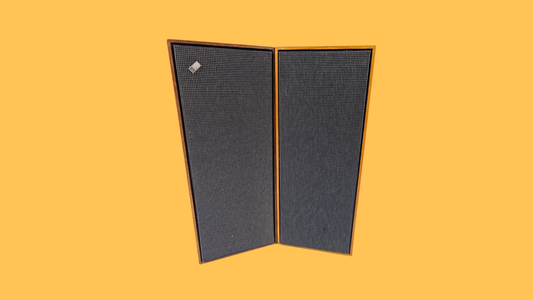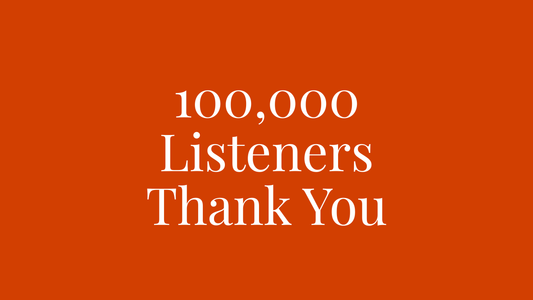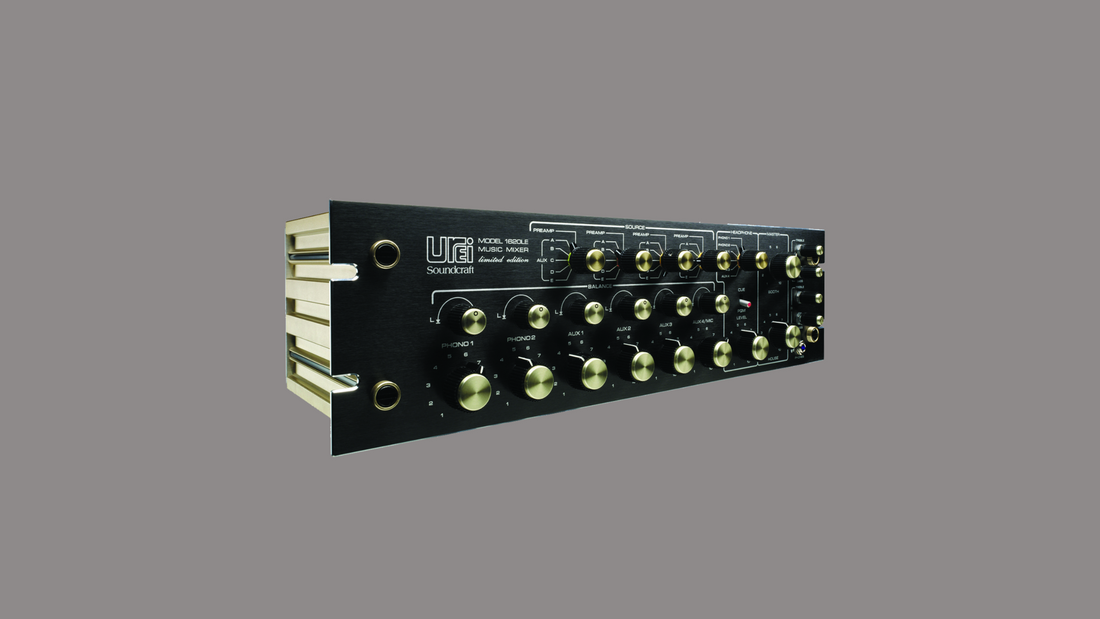
UREI — Broadcast Muscle, Club Precision
By Rafi Mercer
If Bozak gave New York its warmth, UREI gave it its muscle. The UREI 1620 rotary mixer, introduced in the late 1970s, was not born in a club at all but in broadcast. United Recording Electronics Industries had built consoles for studios and radio stations, machines designed to run all day with broadcast-grade reliability. When those circuits were repurposed for DJs, the result was transformative: a mixer that carried the authority of a control room into the chaos of the dancefloor. Today, in listening bars, that authority lingers — precision and punch wrapped in rotary form.
The 1620 quickly became the backbone of clubs like the Paradise Garage, Studio 54, and the Saint. Larry Levan, already a master of the Bozak, embraced the UREI for its clarity and power. The sound was cleaner, tighter, more forward, giving records a drive that filled cavernous rooms. Its EQs were surgical compared with the broad strokes of the Bozak, allowing DJs to sculpt frequencies with a kind of broadcast discipline. Where the Bozak flowed, the UREI cut — not abruptly, but decisively.
That decisiveness is what makes it so effective in listening bars. I remember a Tokyo venue where a restored 1620 sat proudly behind the counter, its brushed metal faceplate glowing under warm light. The selector moved from Donald Byrd’s Places and Spaces into Roy Ayers’ Everybody Loves the Sunshine. The bass was taut, the mids present, the treble crystalline. Patrons didn’t just hear a change of record; they felt the hand of control, a shaping of atmosphere that was firm yet invisible.
Visually, the UREI is both utilitarian and commanding. Large rotary knobs, rugged build, VU meters glowing amber — it looks like it belongs as much in a radio booth as in a bar. That aesthetic matters. In listening spaces, it signals that what happens behind the counter is not performance gimmickry but broadcast craft, the shaping of music with steady, confident hands.
Compared with the smooth continuity of Bozak or the artisanal flair of modern boutique mixers, UREI carries an industrial confidence. It doesn’t flatter, it asserts. For bars, that means a sound that feels unshakable — basslines grounded, vocals forward, percussion etched clearly into space. It is less about seduction, more about authority.
Even decades on, original 1620s remain coveted. They are restored, modified, preserved, and still installed in venues where fidelity meets history. For many selectors, using one is as much about touch as sound — the weight of the knobs, the glide of the rotaries, the reassurance that every move translates with precision.
In the end, the UREI rotary represents the professional backbone of club and bar culture. It reminds us that listening is not only about the records chosen but about how they are controlled, framed, and given authority. In a listening bar, where every record matters, that authority becomes atmosphere.
Rafi Mercer writes about the spaces where music matters. For more stories from Tracks & Tales, subscribe, or click here to read more.
